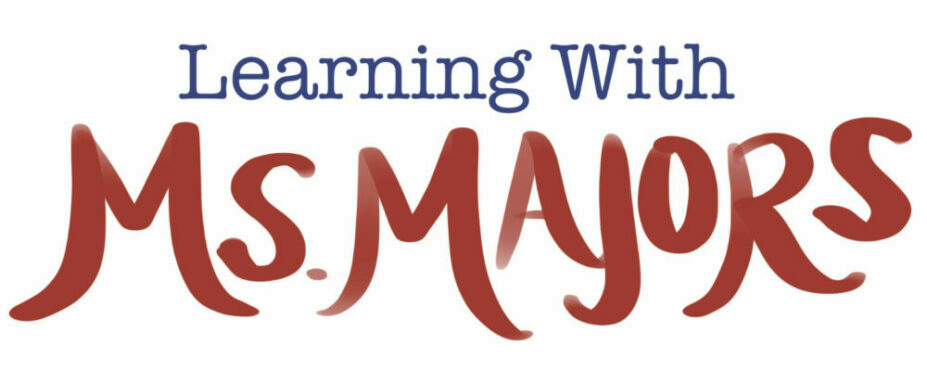Humans are story-beings. We have evolved with story, and it is responsible for our survival. That’s what makes teaching with stories one of the most logical, effective, healthy, and holistic Indigenous pedagogies that teachers can apply in their classrooms daily.
A well-told story evokes powerful images through sensory language—words that describe seeing, smelling, hearing, touching, and feeling inside in this world. I have learned through studying songwriting (e.g., by reading professor Pat Pattinson’s book Writing Better Lyrics) that using this type of language engages the listener because it triggers their personal memories.
This human connection naturally enriches learning because it taps into relationships as well as individual experience. It creates a felt experience, shared and shaped by listeners and tellers. I think we find it easier to remember when senses and emotions are engaged because it triggers our survival instincts of having community and sharing wisdom.
Video Creation in the Classroom
Using video creation as a way of storytelling in the classroom has both pros and cons. It can be both an inclusive option as well as an exclusive option, depending on who the students are and their comfortability with technology. When I worked as a summer literacy camp leader in Ivujivik, Nunavik, we “interviewed” students individually or in small groups with puppets that they had made. This was an effective method because the students were very shy, but they enjoyed being theatrical behind the camera. We then showed the video to the class, so they had a chance to perform in a low-pressure way.
A con could be if students are using the technology themselves and if they become frustrated because they do not understand how it works. Another risk is that they could become distracted or act inappropriately if they are not presenting in front of a live audience.
As for using videos for language revitalization, I could see this being useful only once students are comfortable and advanced enough to speak the language independently. I imagine that this would require a lot of scaffolding to get to this point.
I could see video editing giving students an opportunity to act out sentences that they find on FirstVoices, since there are a lot of example sentences that could be performed in small groups. Video would also be beneficial for pronunciation, because they could practice many times and only keep the take that they like. I like how this assignment could engage students with ranging comfortable for performance, because a shyer student could be in charge of video editing, while more outgoing students could do the acting and narrating.
I am grateful for this opportunity to consider video creation as an assignment in my classroom. This topic reminded me of how much I loved making silly videos for projects in my high school French class!
Here is a video I made today, set to a rough recording of a song I wrote:
Here is a screen recording I did of the First Voices website:
